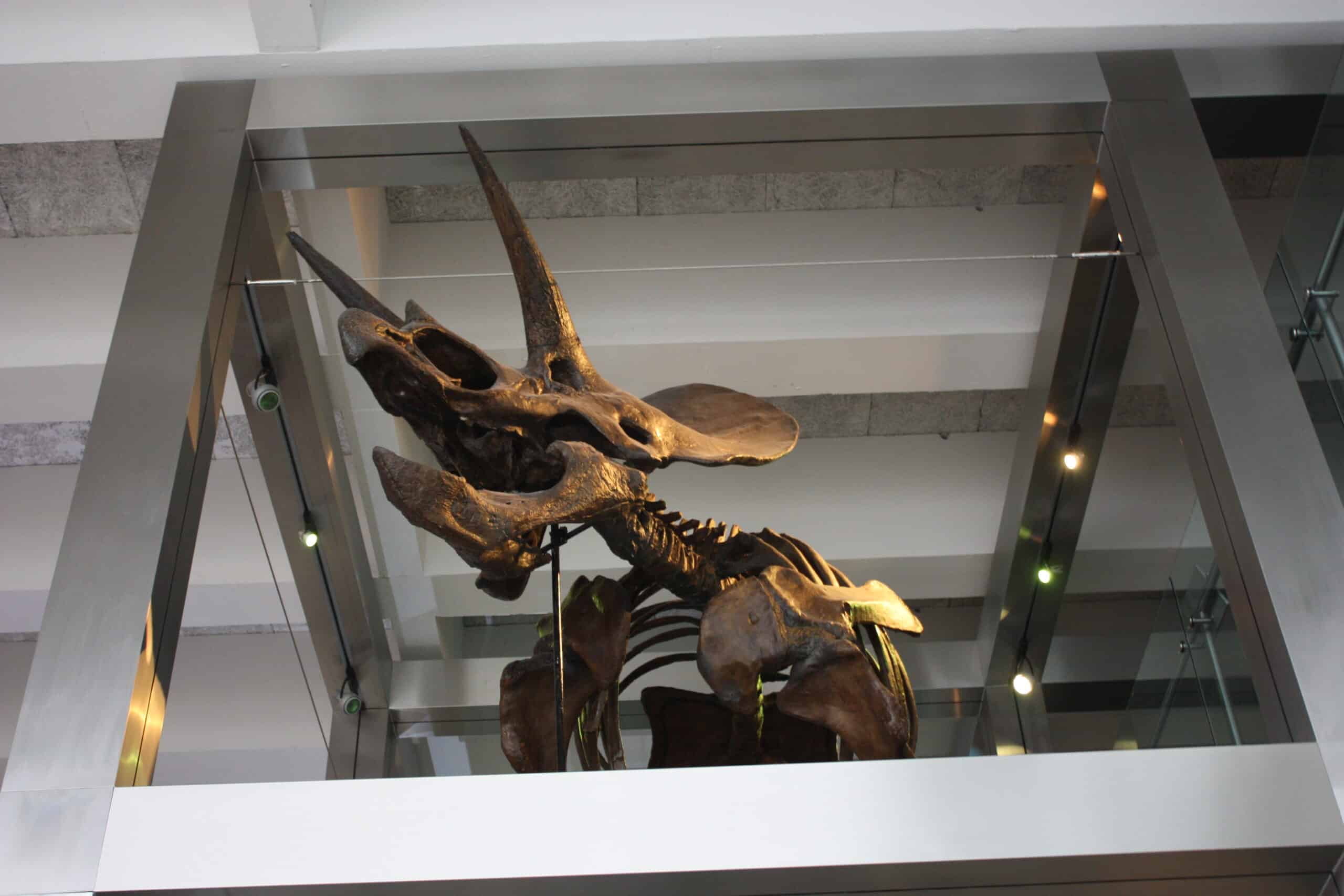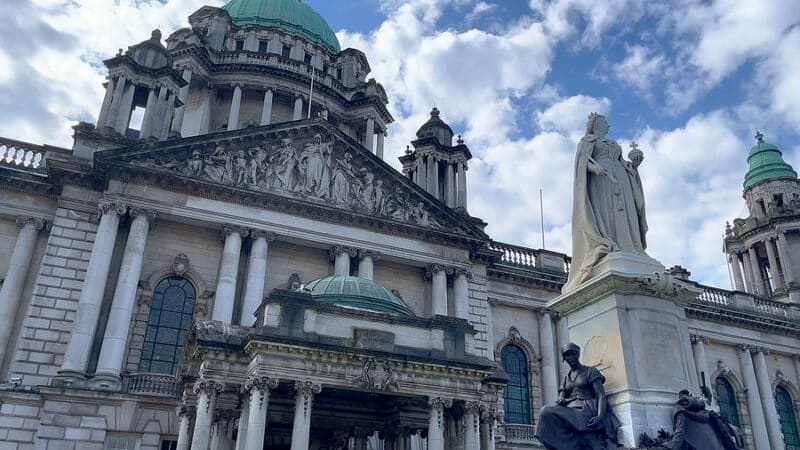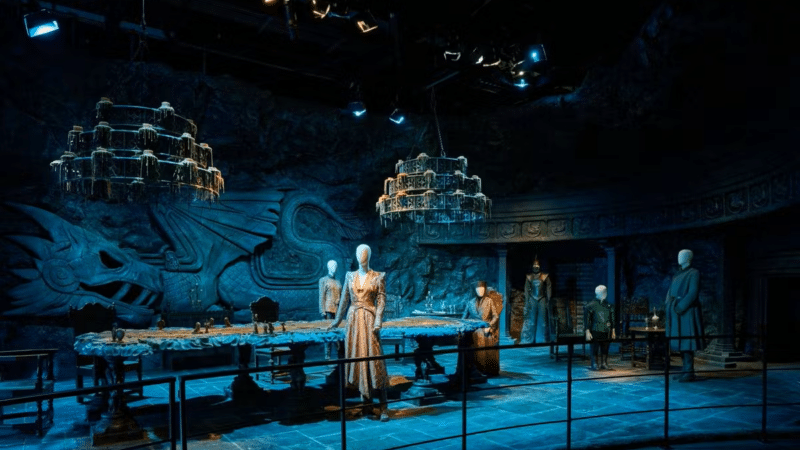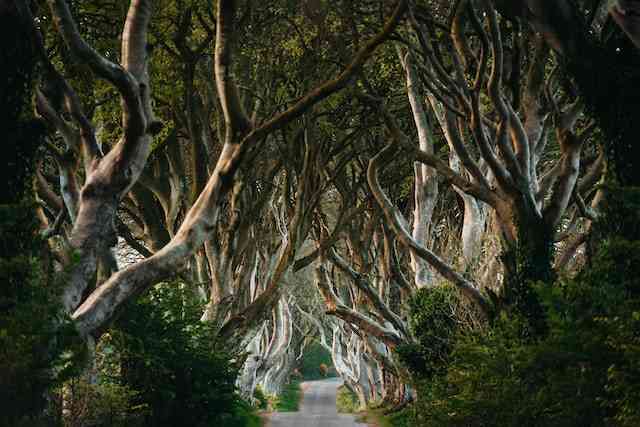The Unique Appeal Of The Ulster Museum

The Ulster Museum is not just a repository of artefacts; it is a superb attraction for tourists visiting Belfast.
The museum serves as an educational hub, providing rich insights into Northern Ireland’s heritage, making it an essential stop for anyone interested in understanding our history and culture.
The museum’s diverse collections and interactive exhibits make it engaging for visitors of all ages.
The Ulster Museum is free to visit, making it an accessible destination for tourists on a budget. Visitors can also enjoy a bite at local cafes, serving light bites and refreshments from Tuesday to Sunday, from 10:00 to 17:00.
Location
Situated within the serene Botanic Gardens in Belfast, the Ulster Museum is a remarkable treasure trove that displays diverse artefacts across fine art, applied art, archaeology, ethnography, local history, zoology and geology.
This museum, spanning over 8,000 square metres, is the largest museum in Northern Ireland and is a key component of National Museums Northern Ireland.
The Historical Journey of Ulster Museum
The Ulster Museum was established in 1821 as the Belfast Natural History Society and started exhibiting in 1833. In its early days, the museum incorporated an art gallery, which was introduced in 1890.
The museum, originally known as the Belfast Municipal Museum and Art Gallery, relocated to its current site in Stranmillis in 1929. The new building was designed by the renowned architect, James Cumming Wynne.
In 1962, the Museum Act (Northern Ireland) 1961 granted it the name, Ulster Museum, and officially recognised it as a national museum.
A significant extension, designed by Francis Pym and constructed by McLaughlin & Harvey Ltd, was inaugurated in 1972. This extension, lauded for its “almost barbaric power”, is the most critical example of Brutalism in Northern Ireland.
Since the 1940s, the Ulster Museum has collected a substantial collection of art by modern Irish, and particularly Ulster-based artists.
In 1998, the Ulster Museum amalgamated with the Ulster Folk and Transport Museum and the Ulster-American Folk Park to form the National Museums and Galleries of Northern Ireland.
In 2005, a £17m refurbishment of the museum was announced, funded by the Heritage Lottery Fund and the Department of Culture, Arts and Leisure (DCAL).
Subsequently, the museum closed its doors in 2006 for refurbishment, reopening in October 2009, exactly eighty years from its original opening.
The Collections of the Ulster Museum
The Ulster Museum houses several galleries covering Northern Ireland’s history from ancient times to the present, art collections, both modern and ethnographic, historic and contemporary fashion and textiles, and hosts exhibitions.
Irish Archaeology
The museum hosts significant finds from Northern Ireland, including the Malone Hoard of 19 polished Neolithic axe heads, the Moss-side Hoard of Mesolithic stone tools, the significant Downpatrick Hoard of Bronze Age gold jewellery.
Also part of the Late Roman Coleraine Hoard, the Viking Shanmullagh Hoard, and the medieval coins in the Armagh City Hoard and Armagh Castle Street Hoard.
Zoology
The museum’s zoology department holds a rich collection of Irish birds, mammals, insects, molluscs, marine invertebrates, flowering plants, algae, and lichens. The museum also maintains a natural history website named Habitas.
Botany
The herbarium in the Ulster Museum, known as BEL, is based on specimens from the Belfast Natural History and Philosophical Society and the Botany Department of The Queen’s University, Belfast.
The herbarium holds more than 100,000 specimens from Northern Ireland and around the globe.
Art Collections
The art collection of the Ulster Museum includes works by renowned artists such as William Collins, Romeo C. Toogood, Jiri Georg Dokoupil, Willie Heron, David Gould, Eugène-Antoine Aizelin, Newton Herbert Penprase, John Greenhill, Clifford Hall, Ambrose McEvoy and many more.
Fashion and Textiles
The Ulster Museum’s Fashion & Textiles Collection reflects the history of fashionable dress from as early as the 18th century to contemporary international designer and high-street fashion.
The museum’s collection policy prioritises acquiring pieces of high design quality and/or representative of significant changes in fashion history.
An Attraction for Tourists
The museum also hosts a series of events and exhibitions, providing a dynamic experience for its visitors.
From lectures on the development of printmaking and photography to guided tours exploring science fact and fiction, the Ulster Museum ensures there’s always something new to discover.
In addition to the exhibits, the Ulster Museum also offers unique learning experiences through its interactive discovery centres, Discover Art, History and Nature.
Open from Tuesday to Sunday, these centres offer visitors the opportunity to engage with the collections in a hands-on manner.
The museum’s location within the Botanic Gardens offers visitors the chance to enjoy the beauty of the gardens before or after their museum visit, adding to the appeal of the Ulster Museum as a tourist attraction.
The Ulster Museum is free to visit, making it an accessible destination for tourists on a budget. Visitors can also enjoy a bite to eat at the Wynne & Pym Café, serving light bites and refreshments from Tuesday to Sunday, from 10:00 to 17:00.
In conclusion, the Ulster Museum is a must-visit destination for any tourist coming to Belfast. Its rich collections, engaging exhibits and educational offerings make it a captivating experience for all visitors.
Whether you’re interested in art, history, science or fashion, the Ulster Museum has something for everyone.
Discover the Ulster Museum and experience the rich tapestry of Northern Ireland’s history and culture.






